Some Bible scholars have tried to harmonize the birth stories of Jesus in the gospels of Matthew and Luke. When they have been unable to do so, they have concluded that the stories are fictional, myths, merely figurative. Most of the public Christian seminaries and Bible colleges, even many of the more famous names, teach that much of the historical Bible accounts are not literal.
How dangerous is this kind of thinking? In one case, they say that the signs Jesus gave in Matthew 24 to help us determine the true Christ at His coming from the false christs are merely figurative, rendering them absolutely useless for detecting who the real Christ is. Just the kind of deception the Father of Lies loves to pass around, isn’t it? So one false christ years ago justified himself by saying that just as the Christ will come in the clouds, so he came from the clouds in an airplane. When we don’t take the historical aspects seriously, we open the door to much deception and confusion.
I decided to examine the nativity accounts myself to see what the mystery is all about. (Spoiler alert: there’s no mystery; they work together perfectly.) I first made two columns on a sheet of paper and listed the main events of each book’s chapter two, and especially the locations of each event. My goal was to match up the events by similar location.
Before going further, let’s recap Matthew 2 and Luke 2.
In Matthew’s gospel, the nativity scene is actually in the very last verse of chapter one, where Mary is found to be with child after being betrothed to Joseph. An angel appears to Joseph and informs him that the child is from the Holy Spirit. Then a summary verse is given that He is born. Chapter two verse one tells us that Jesus was born in Bethlehem.
In chapter two, wise men came from the east to Jerusalem, to Herod, then to Bethlehem, following a star. They give gifts to the “young Child,” then depart home secretly to avoid Herod. Joseph is warned to flee to Egypt and the family goes. Herod kills children two years old and under not only in Bethlehem, but up and down the coast in the area. Joseph takes his family to Nazareth in Galilee after Herod’s death.
Luke chapter two has entirely different events happening, with much more detail surrounding Jesus’ birth:
In Luke chapter two, Joseph and Mary travel from Nazareth, which is way above Jerusalem, down south to their home town of Bethlehem, which is just outside of Jerusalem, slightly south. There, Jesus is born, we meet the angels singing “Glory in the highest,” and the shepherds come.
Eight days later, they are in Jerusalem and meet Simeon and Anna, who prophecy of Him.
Then they return north “to their own city, Nazareth.”
One thing we see is that Luke records more of the events surrounding Jesus’ birth than Matthew does. Matthew makes only one reference to His birth: “and did not know her till she had brought forth her firstborn Son. And he called His name Jesus” (Matt. 1:25).
Then I tried to connect up the events in similar cities in both chapter 2s and make them belong to each other. I utterly failed in my attempts to merge the two chapters.
Then I noticed a verse at Luke 2:41 that the family went to Jerusalem every year for the Passover. This is a crucial verse. It helps us understand how the chapters harmonize. Luke 2 events happen first, then on one of their later yearly visits to Jerusalem (one or two years later) the Matthew 2 events happen.
So all of the events in Luke chapter 2:1-40 happen first. During this time, the wise men mentioned in Matthew 2 see the star and begin their long journey from the east. 1-2 years pass. By the time the holy family makes their yearly trek back to Jerusalem for the Passover and temporarily reside in a relative’s home in the “Hill Country” (where her cousin Elizabeth lives, see Luke 1:36-40), which includes the area around Bethlehem and Jerusalem, chapter 2 of Matthew then comes into play: the wise men make it to Jerusalem at that time, then to Bethlehem where they meet the future ruler, not as a babe, but now as a “young child” at a “house,” not a manger — see this in Matt. 2:9-11.
Herod then has children two years old and under killed, based on the timing of the wise men (Matthew 2:16); presumably they saw the star about two years ago, which likely appeared at the time Jesus was born, and it took a long time to travel from the east. Of course, the final verse of Matthew chapter one coincides with Luke’s chapter two account of His birth, both taking place in Bethlehem, since Matthew’s verse is only stating a simple fact.
There is nothing in these two accounts that confuse matters. But if we start with a wrong premise about the chapters, then we’ll end up with confusion. This is true about anything in life, not just the Bible. The two chapters were not meant to be merged accounts, but separate historical accounts occurring at different times in Jesus’ life.
If we have seen many images of the wise men kneeling at the foot of a baby in a manger to give gifts, then we’ll certainly be confused when we try to move verses around to make them fit the picture. But the picture is wrong to begin with. The wise men (the Bible doesn’t say how many there were), are not in the scene with the shepherds and angels; they come about two years later.
But there’s one more issue to throw into the mix.
In some translations for Matthew 2:1, such as the KJV, we have “when” Jesus was born in Bethlehem. In other versions, such as the NKJV, we have “after” Jesus was born in Bethlehem. When I looked at an interlinear to look more closely (http://www.scripture4all.org/OnlineInterlinear/NTpdf/mat2.pdf) I don’t see either word spelled out. I suspect these words were added by the translators to keep the sentence grammatically correct. However, I see “after” used in this translation at the end of the page: https://wermuthsgreekbook.files.wordpress.com/2008/03/genitive-absolute-pdf.pdf Please note that I am not a student of the Greek New Testament, so this is not a final word on the matter. But “after” makes perfect sense, since the wise men came after Jesus was born, not when He was born.
The use of “when” in Matthew 2:1 misleads the reader into thinking the birth was quickly followed by the wise men’s arrival. Again, the men visit a “young Child,” not a baby, in a “home,” not a manger. They did not happen immediately one after the other, but with a gap of about 1 year.
So we can blame in part the 2:1 translation of “when” Jesus was born connected to the story of the wise men as introducing some difficulties.
Perhaps the last verse of Matthew 1 should therefore read: “and did not know her till she had brought forth her firstborn Son. And he called His name JESUS. Jesus was born in Bethlehem of Judea.”
Chapter 2:1 should say, “In the days of Herod the king, behold, wise men from the East came to Jerusalem,” The chapter and verse breaks are not in the manuscripts from which we translate God’s word; they were added by man at a later date.
Now go have a Merry Christmas, having a theology that truly honors God’s Word!

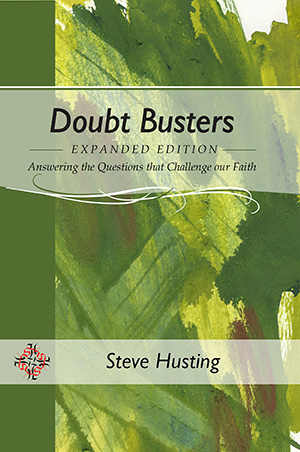
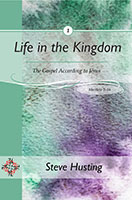
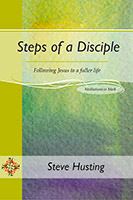
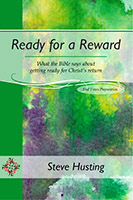
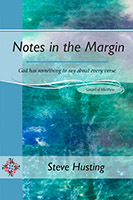
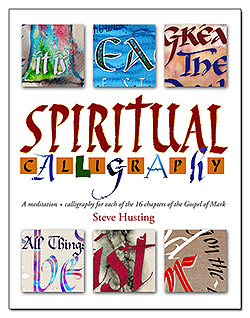
Brilliant attention to detail and totally answered my poor attempt (as part of studying Micah 5:2) to harmonise the accounts. Thank you!
I am so happy it helped you! I wondered if it was too complicated to understand.
Great job of merging the two Gospels. I have, for some time, held the same understanding of the two narratives. More evidence to support the later arrival of the wise men is that their gifts (while timely, if nothing else) helped finance the “escape” to Egypt, but were not available to Joseph and Mary when they made their first trip to Jerusalem. Their gifts presented (“A pair of turtledoves and two young pigeons” Luke 2:24) was bare minimum according to Levitical law. If they had already received those gifts (early arrival of the wise men), the offerings should have been much more.
Excellently stated. Are you aware of any other supporting texts to this?
Thanks
No, I simply read the two accounts and reasoned it out, with the Lord’s help.
Great harmony. I used to have a “Harmony of the Gospels” book, but have miss placed it, so I will get an other one, to get a better picture of the time frames. But you did a great job, and once I get my Harmony book, I will enjoy using your great points studying it.